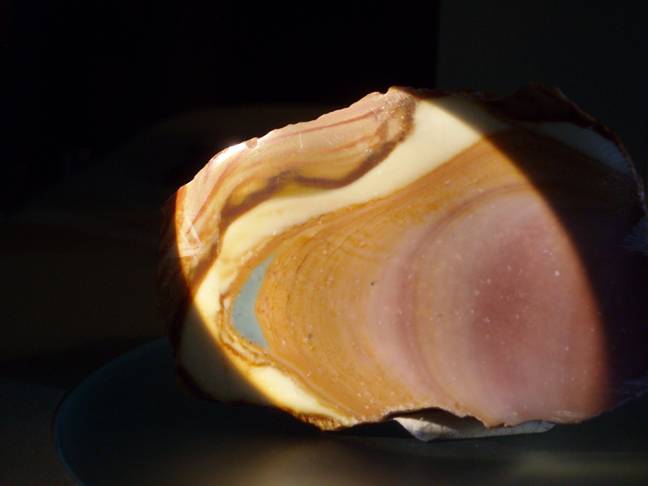
Evil eye:
This one is just for fun, kind of.
Some time in recent years I was chatting amiably with a Mideastern woman. The subject was a little charm. She explained that it might be called an “evil eye” charm but it was not evil. Quite the reverse, it was intended to ward off the evil eye.
“And what,” asked I, “Is the evil eye?”
“Well suppose you have something nice, like a pretty baby. And you show it to somebody. They might feel envy. That can put the evil eye on the baby. Maybe they don’t mean to hurt the baby, but the envy can do it anyway. So you put this in the baby’s clothing, and that protects the baby.” One hopes the baby does not find it and choke on it.
I did not note then, as I obviously would notice now, that her obsession was in caring for the baby. People who don’t care, well I suppose speaking from a biological standpoint, there’s something wrong with them.
At all events, the charm was itself a stylized eye – a blue eye. And the blue eye charm is wide spread in that part of the world. My big brother gave me one he found there that is more than eight inches across. I have seen such things for sale in Tarpon Springs, a Greek community not far from here. Other cultures have the same tradition. In the old days in the south it was quite common for the Black people to paint the frames of their doors and windows blue. It was, “To frighten away spooks,” I was told. And just once I saw a house that had slightly violet blue frames.
There is an ancient building in Syria called the “Eye Idol Temple,” that was found to contain a large number of little stylized figurines pretty much consisting of flat trapezoidal bodies with enormous eyes. Some even have a smaller idol, as it were a child, indicated on the body of the larger. There’s that baby thing again. Those who take an interest in such matters say that the eye was a potent symbol widespread in Mesopotamia, and if you ever get a chance first hand to look at some Mesopotamian figurines, you will notice that their eyes pretty much are blue, if they are colored at all.
So here is a tradition that has been enjoyed by many cultures for thousands of years. Yes, I say enjoyed. The notion of being the victim of a curse is understandable by anyone. The idea that you have power over it is a good thing. And as traditions go it’s cheap and harmless.
But for one thing. It’s blatantly racist. Ghosts can’t stand blue eyes.
And now I have run across something that adds a layer a humor. A friend showed me a pendant for warding off the evil eye. Sure enough it was a stylized eye. Only it wasn’t blue. The central stone was light violet.
So it seems that over these thousands of years political correctness has finally entered the world of superstition. It’s not just blue eyes that repel ghosts.
But wait! There’s a problem. Do you suppose the ghosts really care? Or are the ghosts now politically correct, too?
It’s not as if there are no brown jewels. As I am sure you know world civilization is pretty much an extension of Western Civilization. Western Civilization grew up in the context of Christianity and various revisionary thoughts about it. Christianity is largely a commentary on scripture, along with other religions, and scripture is in part a drama. It is the battle between God and Satan. We don’t get much description of the two. God in particular is usually seen in some sort of indirect or symbolic form. But in the book of Revelation, we get a clear description:
The countenance of him
Who sat upon the throne
Was as a jasper and a sardine stone. (Yes it rhymes … in English. Don’t go superstitious on me.)

Jasper and sardonyx are banded brown gems. (Jasper can be blue but don’t tell anybody. That's jasper in the picture.)
So rejoice. Brown is as magical as blue and presumably so are all those other shades and patterns of eye and absence of eye for that matter. The ghosts don’t have a chance against you.
There have been 109 visitors over the past month.